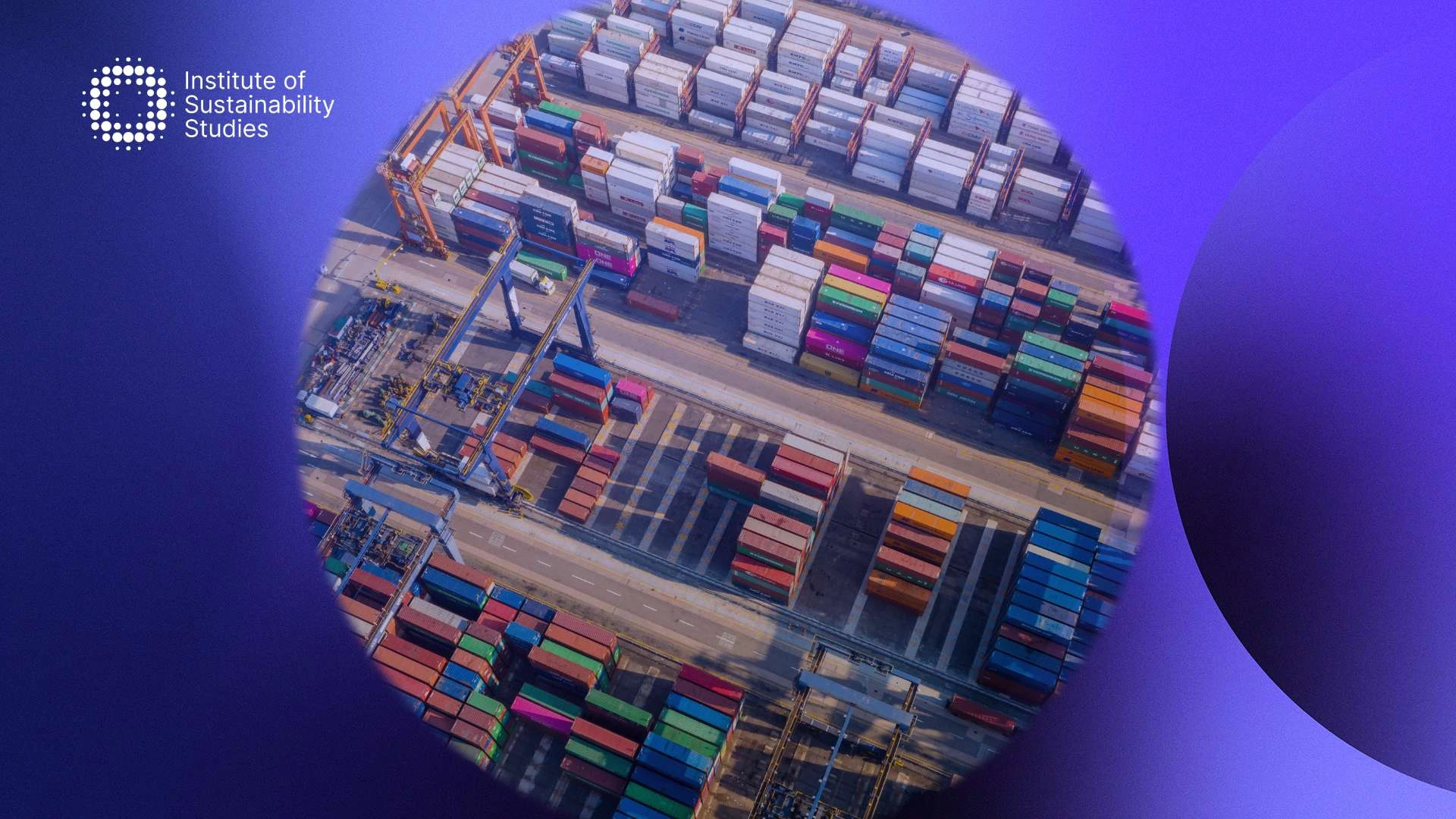As the global climate continues to warm, emissions are continuously pumped into the atmosphere, and pollution is on the rise, it raises the question of what more we can do to slow the progress of climate change.
The polluter pays principle requires that the cost of pollution prevention, reduction, and control measures must be borne by the polluter. It is mainly implemented through command-and-control approaches but can also be applied through market mechanisms, highlighting the importance of corporate sustainability in addressing these environmental challenges.
About the polluter pays principle
First introduced in 1972 by the Organisation for Economic Cooperation and Development (OECD), the polluter-pays principle (PPP) is the idea that the polluter is kept responsible for pollution. In other words, it imposes liability on the person who pollutes the planet and compensates for the damage caused to the environment and human health.
The polluter pays principle underpins the majority of the regulation of pollution impacting land, air, and water. For example, if a factory produces a potentially poisonous substance as a byproduct of its activities, they are responsible for its safe disposal. It is one of the founding principles of environmental policy to drive sustainable development globally.
The idea behind it is that every polluter must achieve an economically efficient level of pollution and production, and they must not only see the benefits of the activity causing the pollution but also the harm it causes. Adopting this principle, the plan is to make those who produce responsible for what they produce. The principle has helped to mitigate some of the damage being caused to the planet.
However, the majority of developing countries have not yet signed it as a primary environmental policy guideline. This principle is a strong idea but it does have many loopholes to overcome. To sum up all of the above, the polluter pays principle is a practice that those who produce pollution should bear the costs of managing it to prevent damage to human health and the environment.
Why should the principle be applied to greenhouse gas emissions?
Greenhouse gas emissions are considered a type of pollution due to the fact they cause potential damage and harm through their effects on the planet. Society has been slow to recognise the connection between climate change and greenhouse gases. In addition, because the atmosphere is deemed by some to be a global commons, emitters are typically not held responsible for controlling this sort of pollution.
In saying that, it is still possible to implement the polluter pays principle through what is known as a carbon price. Carbon price places a charge on the emission of greenhouse gases that is equivalent to the corresponding potential cost caused by future climate change and pollution. It can make polluters pay through two various policy instruments. These include a straightforward price-based mechanism like carbon tax and a cap and trade or emissions trading system.
Summary
The cost of pollution to the planet is significant when you consider the climate crisis we are currently facing. Implementing this principle, alongside stringent environmental regulations, could be one way to encourage polluters to take accountability and reduce their impact. It incentivises polluters to avoid environmental damage, and they are held responsible for the pollution they are causing.










